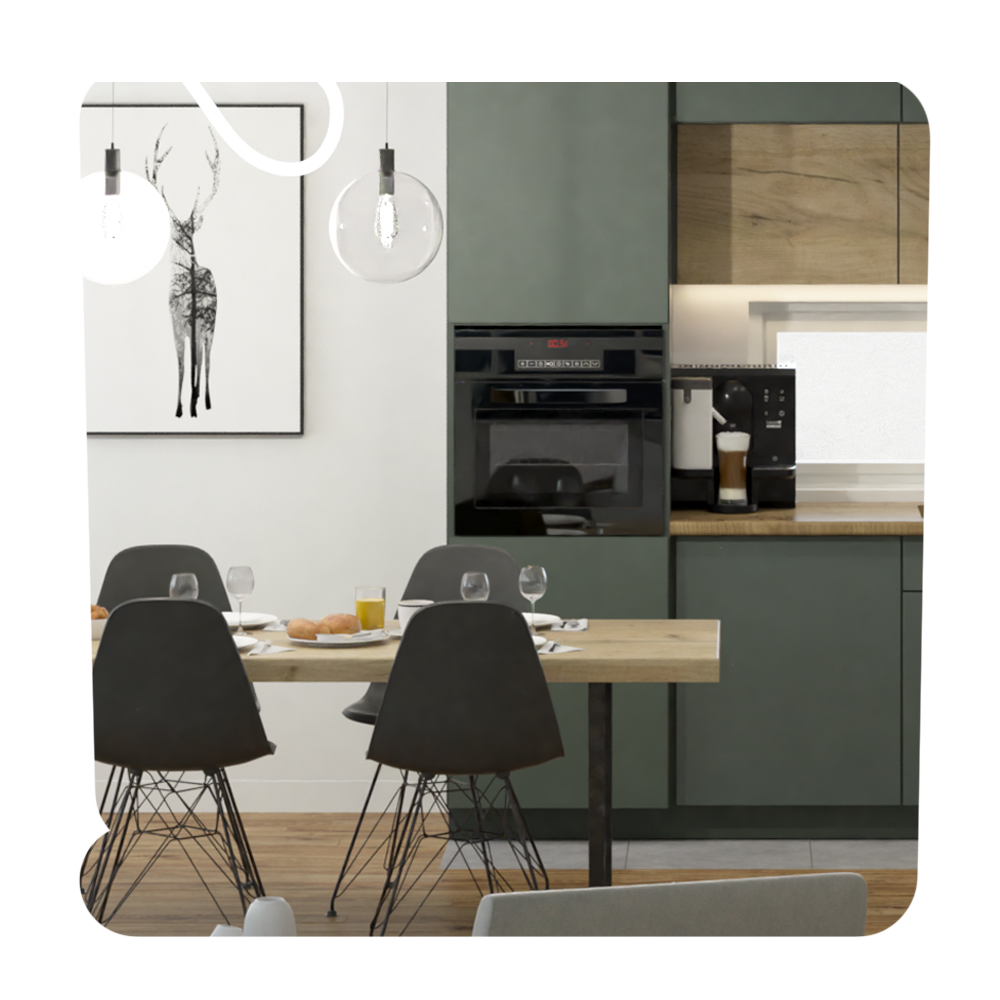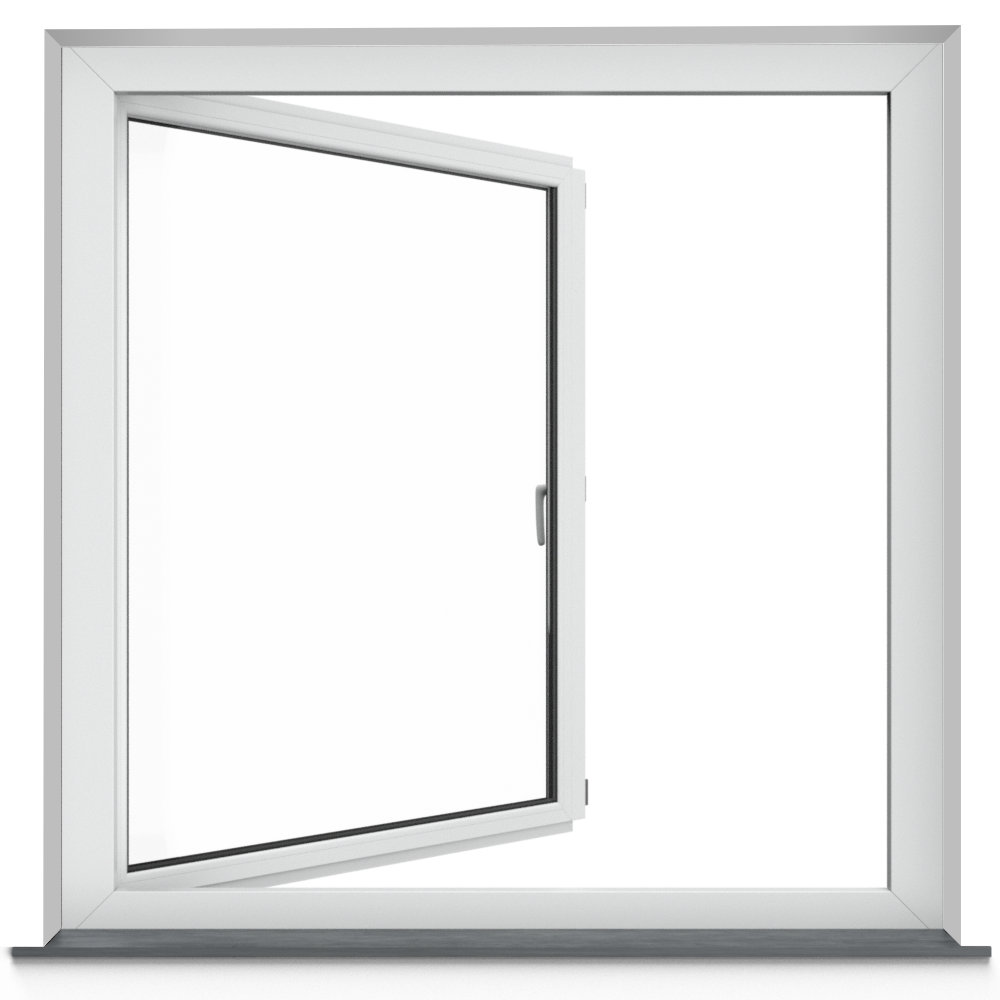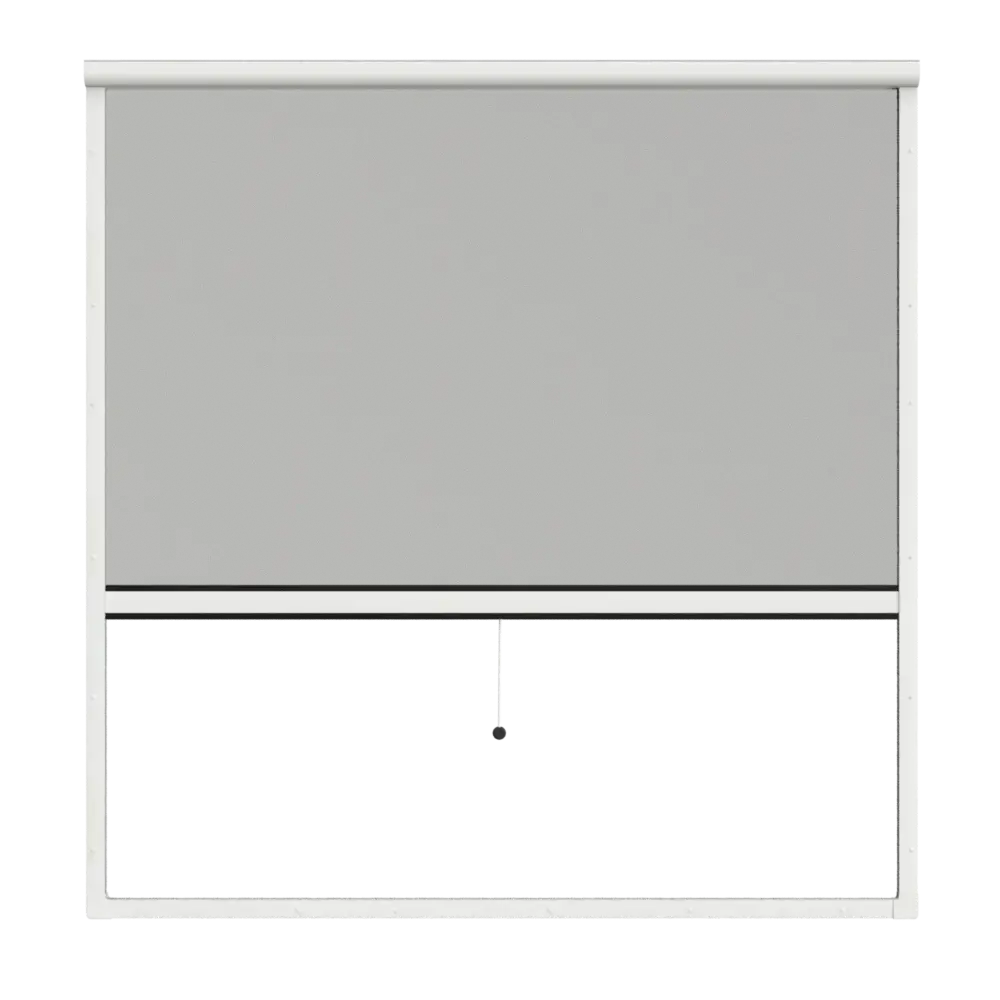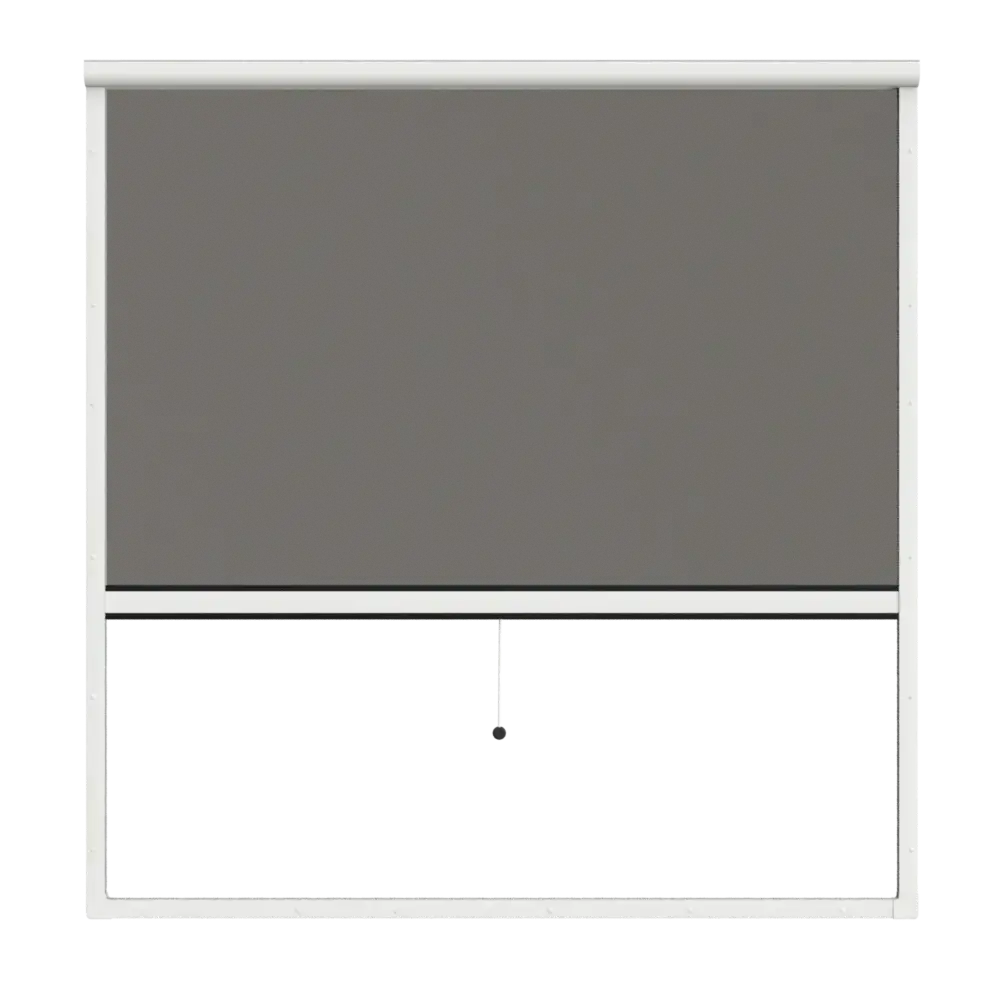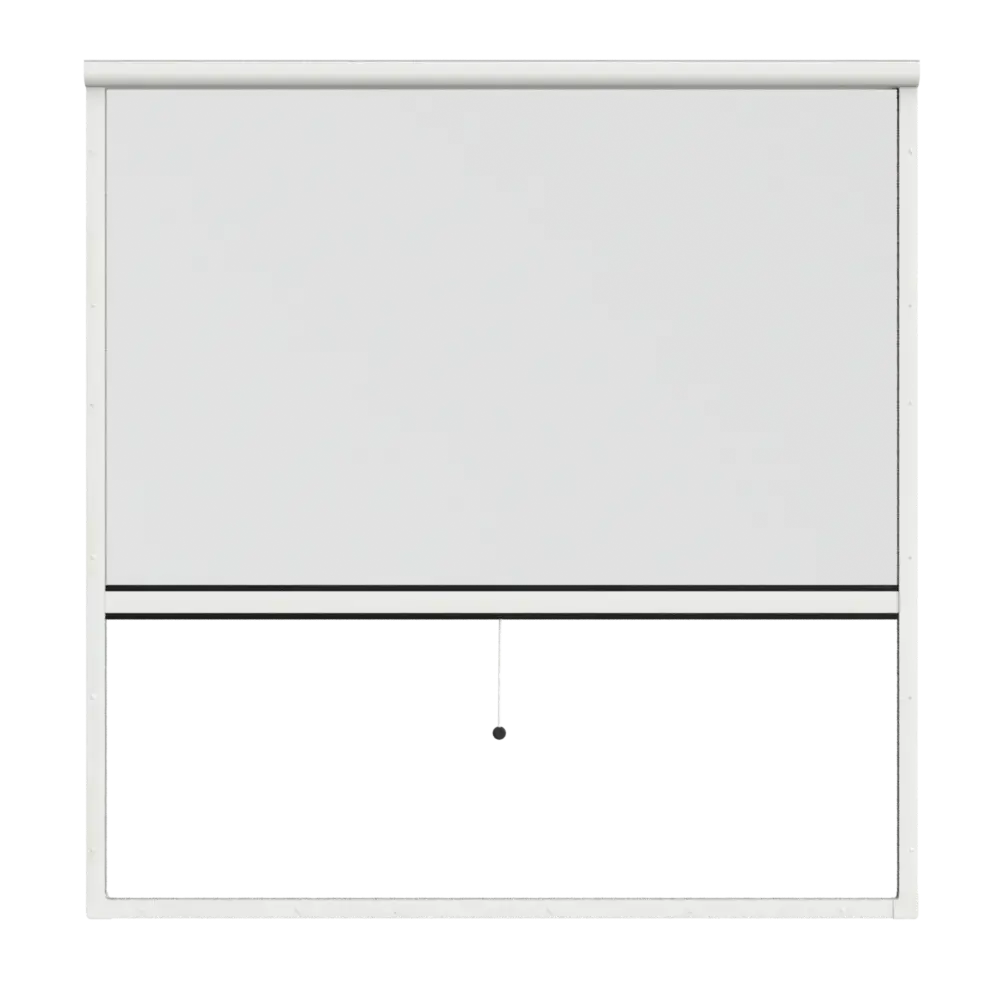What are you looking for?

How do I repair an external roller blind retractor?
Have you ever come home after a hot day and only dreamed of hiding in the cool shade behind the roller blinds? And here's a surprise - the roller blind retractor refuses to work. Don't panic! Instead of spending a fortune on a professional, you can try to fix it yourself. And that's exactly what this post is for - to take you through the process of repairing an external roller blind retractor step by step. Yes, it sounds like a task for a superhero, but believe that you can manage even without superpowers. Turn on your DIY mode and let's get started!
What is an external roller blind retractor?
An external roller blind retractor is a mechanism that allows the roller blind to be raised and lowered. It works by winding and retracting the roller blind material onto a roller, allowing the amount of light and heat entering the building to be regulated. The mechanism can be operated either manually, with a cord, crank or chain, or automatically, by using an electric motor controlled by a remote control or smart home system.
The retractor is one of the key components of any external roller blind, and its quality and proper installation have a significant impact on the durability and efficiency of the entire system. The right retractor ensures smooth and quiet operation of the roller blind, as well as its precise positioning at the chosen height. Still not sure which external roller blind to choose? You will find many useful tips in the article: How to choose external roller blinds.
Why can an external roller blind retractor break down?
An external roller blind retractor can break down, just like any other mechanical or electrical device. Here are some common problems that can occur:
- Jamming of the mechanism: It can happen that the retraction mechanism jams, thus preventing the external roller blind from raising or lowering.
- Breakage of the cord, chain or belt: In manual mechanisms, these elements can become overloaded or break, making it impossible to operate the roller shutter.
- Motor failure: When it comes to automatic systems, the roller blind motor is one of the most vulnerable components to failure. It may stop responding to signals from the remote control or the control system and leave our external roller blind unsupported. Automatic systems can also experience failures related to electronics, such as a damaged motherboard or a power supply problem. In such cases, the assistance of a professional service technician is essential.
- Sprocket problem: If the roller blind operates unevenly or with difficulty, it is possible that the gears in the mechanism are worn or damaged and need to be replaced.
- Attachment problems: Sometimes the retractor can come loose, which can lead to malfunctioning of the whole roller blind.
If you notice problems with the operation of the retractor, it is best to react immediately to avoid further damage. In many cases, repairing a retractor is relatively straightforward and can be done yourself, although unfortunately sometimes the intervention of a specialist may be necessary.
How do I recognise a problem with a roller blind retractor?
Firstly, by operating the roller blind up and down, check that it is working correctly. Observe that the mechanism runs smoothly, that it does not jam during operation and that noises or other irregularities do not appear.
Secondly, carry out a visual inspection of the mechanism. Inspect all components, and pay particular attention to the most sensitive parts, such as the chain, sprockets possible damage, rusting or loose parts. The analysis will help determine whether the problem can be solved by yourself or whether the intervention of a professional service technician is required.

How to repair an external roller blind retractor? Various examples
Jamming of the mechanism:
- Removing the roller blind: Removing the roller blind from the guides and retractor cover is the first step in diagnosing the problem. Removing these components provides full access to the mechanism. Carefully lift the roller blind and its protections, then remove the screws or clips securing it to the guides. Once these are removed, the whole thing can be easily removed, allowing you access to the retractor cover and the mechanism itself.
- Clean and lubricate: clean the moving parts of all debris and apply grease to protect the mechanism from further jamming. This will help extend the life of the roller blind.
A broken string or chain:
- Removing the old string: the first step is to remove the roller blind from the guides and retractor cover. Then untie or cut off the damaged cord at the base of the retractor. On some models, this may also require removing the drum on which the cord is wound.
- Installing the new one: Pull the new cord through the corresponding roller blind components and through the drum on which it will wind. Make sure the string is evenly stretched and securely fastened to the drum.
A problem with sprockets:
- Removing old sprockets: Usually the sprockets are fixed on a roller, which can be removed by unscrewing the appropriate screws or clamps. Carefully pull out the damaged sprockets, taking care not to damage other components.
- Inserting the new ones: Place the new sprockets on the roller, in exactly the same positions as the old ones. Take care that the sprockets work well with the other components of the mechanism. Once in place, tighten all fasteners so that the sprockets are stable and secure.
Loosened retractor:
- Tighten bolts and other fasteners: Identify all bolts, nuts and other fasteners that may be loose. Using appropriate tools, such as screwdrivers or spanners, tighten all components. Be careful not to over-tighten the screws, which could damage the mechanism.
- Post-repair check: Once all parts have been tightened, test the equipment a few times to make sure the problem has been solved. If the roller blind runs smoothly and there are no disturbing sounds, the problem has probably been solved.
Repairing an external roller blind retractor - summary
You don't have to turn to a professional right away to repair an external roller blind retractor; many problems can be solved yourself. From jams in the mechanism, to broken cords or chains, to problems with the gears or mounting, most of these can be repaired yourself.
Of course, it is always advisable to consult an expert for complex failures, especially those involving electrical parts. We hope this article has helped you identify and resolve the problem with your external roller blind retractor. If you need new parts, check out the accessories tab on our website. There you will find many useful spare parts that you may need for your repair. If we have awakened the do-it-yourselfer in you, you can take a look at our article: How do I repair a night blind?
help?
to call us
write to us
